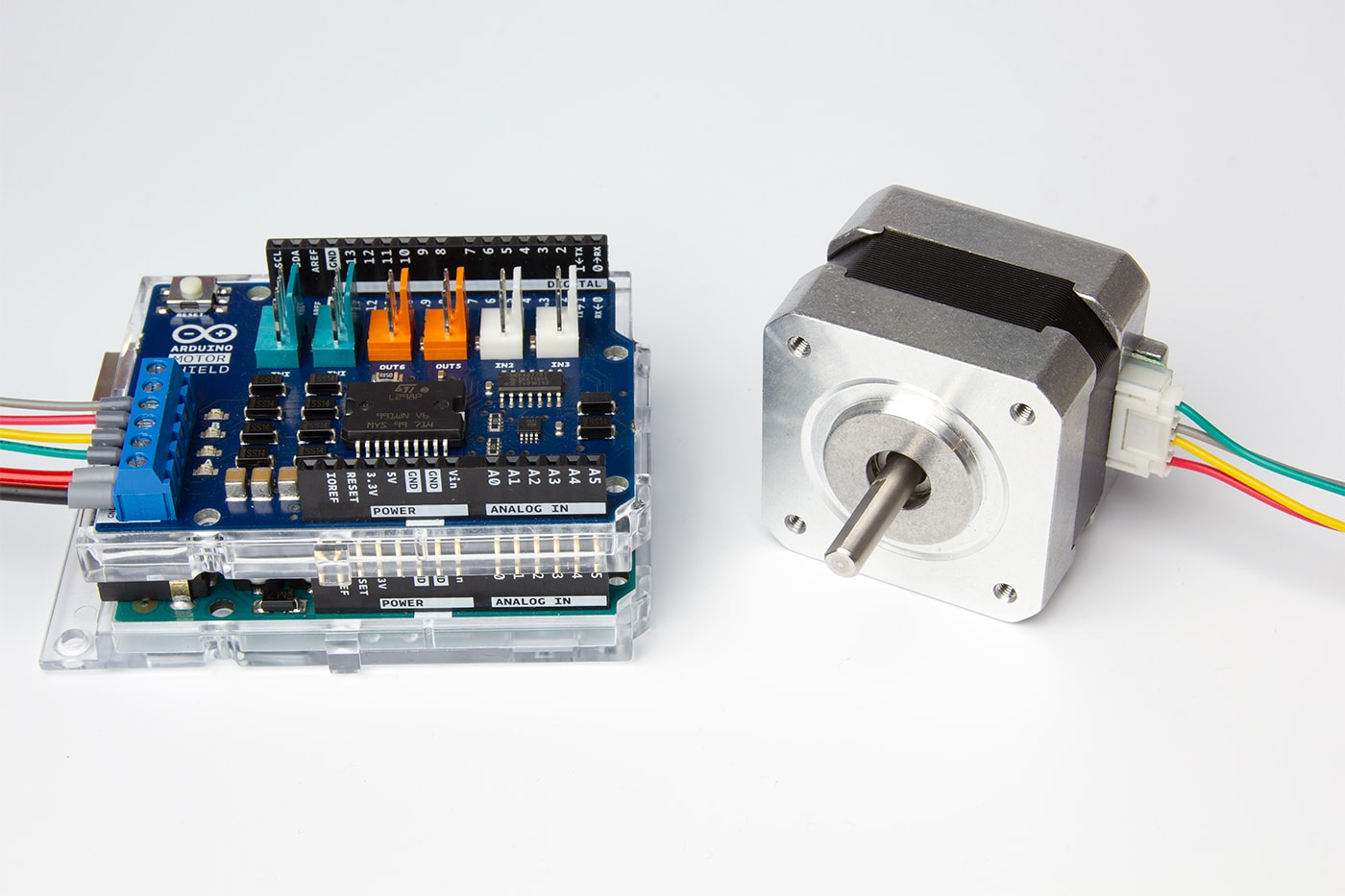A stepper motor uses alternating current through two separate coils to turn the rotor. I won’t go into the details, but the end result is that the motor moves in distinct “steps”, and the angle of these steps can be calculated from the step angle listed on the motor’s datasheet and the gearbox reduction ratio, if it has a gearbox. Since the motor turns a known amount each time a step is made, the position and velocity can be calculated.
Now, in some situations, customers have used stepper motor with encoder. You may wonder, why on earth would you add position control to a motor that already has position control? As the title of this blog implies, this is the question I’ll answer today.
Now that we’ve determined that both brushless dc motor and stepper motors have closed-loop control when used with an encoder, why would we want to use a stepper at all? While they both have the same level of control once you install an encoder, they are still very different in terms of operation. Stepper motors are better for applications where the motor needs to hold position while still providing full torque; a DC motor could do this, but it would be very bad for the motor’s lifespan. Even with an encoder, pulling off that kind of precision with a DC motor would be extremely difficult, because a DC motor can’t lock itself into position like a stepper can.
Stepper motors are also preferred in applications that require precision, like CNC tables. For some applications, open-loop control with steppers is enough, but if error recovery is important, switching to closed-loop control is worth consideration. On the other hand, applications that require velocity feedback control at high speeds, such as a remote controlled vehicle, would favour DC motors.
Motor selection also depends on many other factors specific to your project.

